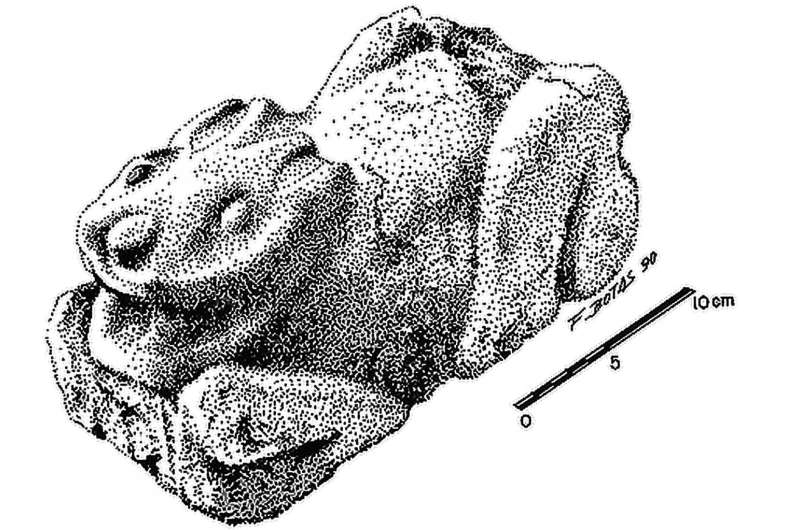Pre-Hispanic Mexican civilization may have bred and managed rabbits and hares

Humans living in the pre-Hispanic Mexican city of Teotihuacan may have bred rabbits and hares for food, fur and bone tools, according to a study published August 17, 2016 in the open-access journal PLOS ONE by Andrew Somerville from the University of California San Diego, US, and colleagues.
Human-animal relationships often involve herbivore husbandry and have been key in the development of complex human societies across the globe. However, fewer large mammals suitable for husbandry were available in Mesoamerica. The authors of the present study looked for evidence of small animal husbandry in the pre-Hispanic city of Teotihuacan, which existed northeast of what is now Mexico City from A.D. 1-600. The authors performed stable carbon and oxygen isotope analysis of 134 rabbit and hare bone specimens from the ancient city and 13 modern wild specimens from central Mexico to compare their potential diets and ecology.
Compared to modern wild specimens, the authors found that Teotihuacan rabbit and hare specimens had carbon isotope values indicating higher levels of human-farmed crops, such as maize, in their diet. The specimens with the greatest difference in isotope values came from a Teotihuacan complex that contained traces of animal butchering and a rabbit sculpture.
While the ancient rabbits and hares included in this study could have consumed at least some farmed crops through raiding of fields or wild plants, the authors suggest their findings indicate that Teotihuacan residents may have provisioned, managed, or bred rabbits and hares for food, fur, and bone tools, which could be new evidence of small mammal husbandry in Mesoamerica.
"Because no large mammals such as goats, cows, or horses were available for domestication in pre-Hispanic Mexico, many assume that Native Americans did not have as intensive human-animal relationships as did societies of the Old World," said Andrew Somerville. "Our results suggest that citizens of the ancient city of Teotihuacan engaged in relationships with smaller and more diverse fauna, such as rabbits and jackrabbits, and that these may have been just as important as relationships with larger animals."
More information: Somerville AD, Sugiyama N, Manzanilla LR, Schoeninger MJ (2016) Animal Management at the Ancient Metropolis of Teotihuacan, Mexico: Stable Isotope Analysis of Leporid (Cottontail and Jackrabbit) Bone Mineral. PLoS ONE 11(8): e0159982. DOI: 10.1371/journal.pone.0159982
Journal information: PLoS ONE
Provided by Public Library of Science



















